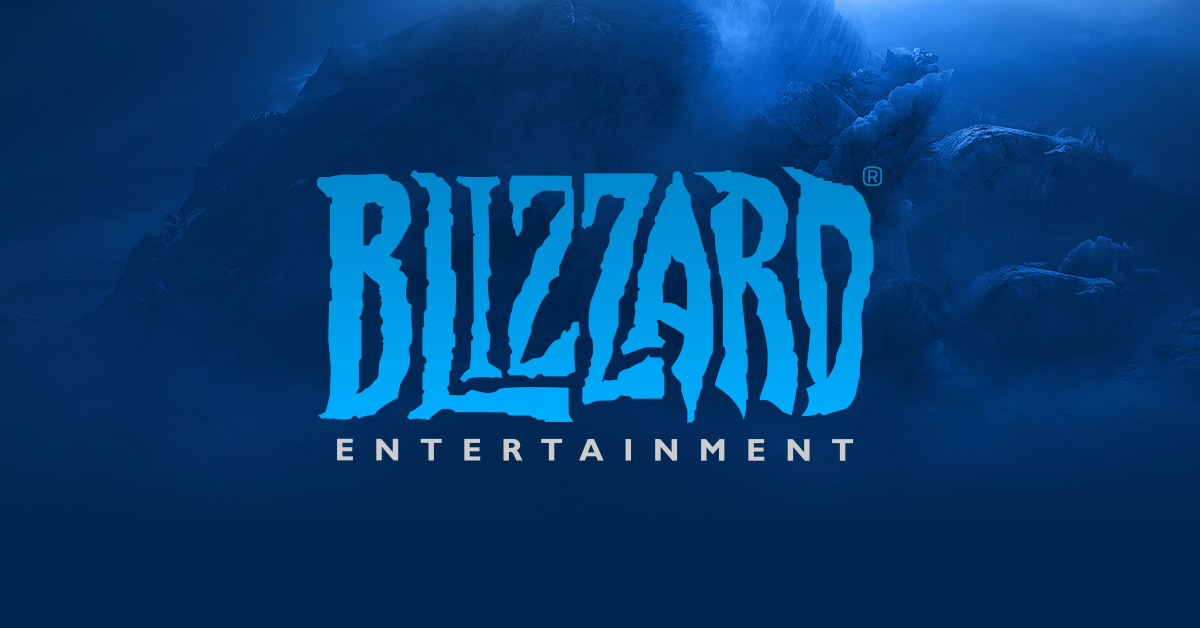 Blizzard Entertainment has been one of the most highly regarded developers for decades now. In 1994, they created Warcraft: Orcs & Humans, which would be one of the many franchises the company would build and grow for years to come. However, today, Blizzard struggles with layoffs, dipping stock prices, controversial development choices, and is seemingly losing touch with its core audience.
Blizzard Entertainment has been one of the most highly regarded developers for decades now. In 1994, they created Warcraft: Orcs & Humans, which would be one of the many franchises the company would build and grow for years to come. However, today, Blizzard struggles with layoffs, dipping stock prices, controversial development choices, and is seemingly losing touch with its core audience.
It has been nearly 11 years since Blizzard (as a part of Vivendi) merged with Activision and became Activision Blizzard. Since that time, the value of the company has steadily climbed, even as some of its core franchises were met with public criticism. Nearly every game developed primarily after this merger (StarCraft 2 was already in development) has had public perception issues—usually relating to monetization. Diablo 3’s in-game auction house led to a game with a loot system built to drive a desire to buy and sell products for real money. Hearthstone was the company’s first real “Free to Play” game, a monetization method generally designed to coerce players into heavily investing in microtransactions. Overwatch became one of the first games to popularize the concept of buying a full price game and having optional in-game loot boxes and microtransactions. Then, most recently, Diablo Immortal became Blizzard’s first fully mobile game to the stunned silence of the audience at Blizzcon 2018.
Blizzard seems to have shifted its corporate culture from creating games that appeal to specific fanbases to one that places a much stronger emphasis on building profitable games. Being a brand on the face of the stock exchange will do that to any company. Where once Blizzard was only scrutinized by their customers, now the value of their company can be at stake from a game that doesn’t perform as well as they had predicted. With that perspective in mind, the choice to take Diablo to mobile makes a lot more sense. Mobile games are one of the largest gaming markets in the world, especially in China. That is why Diablo Immortal is being co-developed by the Chinese company NetEase. The country has well-established laws prohibiting foreign publishers from operating games there, meaning the partnership is most likely a method to enable access to that market, giving them the ability to reach millions of Chinese gamers. With the right game, it could be a very successful endeavor.

Does Blizzard have a path to climb out of this downward spiral? Has the negative reaction to Diablo Immortal and the recent cancellation of an unnamed StarCraft first-person shooter caused them to rethink their strategies? Well, one of the reasons this StarCraft game was canceled was to focus resources on creating Diablo 4. They’ve obviously seen how little the American market desires for the franchise to go to mobile, so things may be turning around in that particular area.
Of course, that doesn’t mean Diablo 4 won’t have its own set of design or monetization issues, but we do have to consider what happened with Diablo 3. After its troubled launch, the developers committed to building a game worthy of the franchise history. With the removal of the paid auction house and the addition of a significant amount of content, the game was much improved. A solid expansion was released and even now seven years later, the game still has content being released. Diablo 3 is a more rich and enjoyable experience in 2019 than it ever was in 2012. Multiple consoles have even had adapted ports of the game and each has been well received. Contrary to the perspective given by the development of Diablo Immortal, Blizzard still shows signs of understanding their core customer base.
Still, Activision Blizzard laid off 800 people a few months ago – even after announcing record profits. Moves like this can be demoralizing to development staff and, depending on the target of these layoffs, it could inhibit the actual development process directly. While virtually every company has an ebb and flow of employees, a volatile workplace is not a productive workplace. Especially for one that requires creativity as well as tolerance for the tedium of working out bugs.
Blizzard will undoubtedly continue efforts to focus on its existing intellectual properties and build games that expand upon them for as long as possible. Blizzard is still a huge company with thousands of employees, so they’re not going to disappear overnight no matter how bad things get. The factor that determines whether they’ll continue to be relevant down the line is how committed they’ll be to delivering the type of games that made them so popular. I don’t mean remaking StarCraft and WarCraft, but building on their franchises with new exciting content. Diablo 4 might be the first step back on the right path, but it could also be one that takes them further toward a future of being forgotten.


